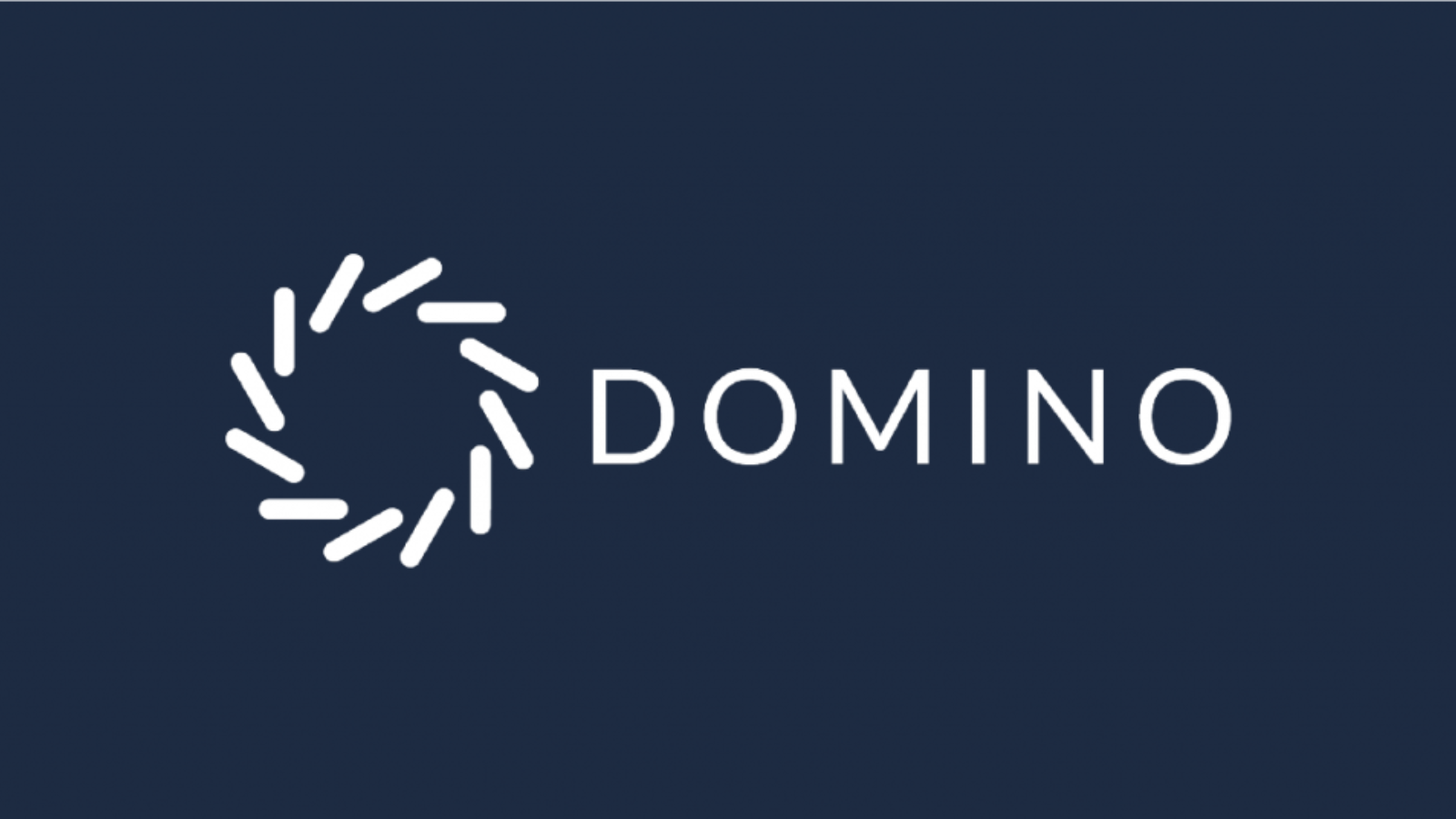Julia is a programming language created in 2011 that is comparatively new to other programming languages. This language became popular and widely accepted due to its functioning and lucidity. Julia has libraries and frameworks for machine learning, linear algebra, and numerical optimization, making it a powerful tool for a developer to create computer programs and scientific algorithms effortlessly.
Integrated Development Environments (IDEs):
The software suite that consolidates the combination of basic tools like code editor, code compiler, and code debugger is called an Integrated Development Environment. An IDE usually combines commonly used developer tools into a compact Graphical User Interface (GUI). An IDE can be a standalone application or it can be part of a larger package. The user writes and edits source code in the code editor. The compiler translates the source code into a readable language that is executable for a computer, and the debugger tests the software to solve any issues or bugs.
The IDE choices reflect the pragmatism of the language as a whole. The Julia community has built powerful industry-established IDEs and there are a few that every developer needs to be experimental in their programming.
(Made with Canva)
Juno is a minimalistic yet potent open-source Integrated Development Environment (IDE) designed for Julia programming. It features an autocomplete capability, allowing it to suggest functions or variables as you type, which streamlines the coding process for both novices and seasoned professionals. This makes it an excellent tool for developing superior software more efficiently and achieving quicker outcomes. Additionally, Juno offers a unique hybrid canvas programming approach, blending the investigative flexibility of notebooks with the efficiency of traditional IDEs, thereby enhancing the programming experience.
Atom
Atom, renowned for its exceptional customizability, transforms into a formidable Integrated Development Environment (IDE) for Julia programming upon integrating the Juno package. This combination elevates Atom by incorporating Juno’s specialized enhancements designed explicitly for Julia development. Key features include inline evaluation, which allows for the execution of code snippets directly within the editor, providing immediate feedback and streamlining the development process. Additionally, Juno enriches Atom with seamlessly integrated documentation, offering instant access to comprehensive reference materials and function definitions. This synergy not only augments the functionality of Atom but also significantly boosts productivity and efficiency for developers working with Julia, catering to a wide range of programming needs from debugging to writing complex code structures.
While the Julia integration in Visual Studio Code may not match the comprehensive capabilities of Juno, it still delivers an excellent coding environment for those who choose it. Visual Studio Code supports Julia with a variety of helpful features, including syntax highlighting, code completion, on-hover tips, Julia code evaluation, linting, and code navigation tools. Moreover, Visual Studio Code is known for its responsive performance and lower system resource consumption compared to Atom. This makes it a particularly attractive choice for users working on less robust machines. Nonetheless, it’s worth noting that Atom has made significant strides in improving its performance and efficiency in its latest versions.
Pluto.jl distinguishes itself as an exceptionally interactive notebook environment tailored specifically for the Julia programming language. Designed with data scientists and researchers in mind, it excels in facilitating data exploration, allowing users to delve into datasets with ease, visualize data in dynamic and compelling ways, and construct interactive documents that bring data narratives to life. This environment supports real-time code evaluation, meaning changes in the code automatically update the outputs and visualizations, enhancing the interactive experience. Pluto.jl’s user-friendly interface and robust capabilities make it an ideal platform for those looking to experiment with data, develop complex visualizations, or share reproducible research findings in a more engaging and interactive manner.
IJulia serves as a vital bridge that connects the Julia programming language with the expansive Jupyter ecosystem, thereby expanding Julia’s reach and utility. By integrating IJulia, developers gain the ability to craft Jupyter notebooks specifically tailored for executing Julia code. This integration significantly enhances the capabilities of Jupyter notebooks, providing a robust platform for developers and data scientists to perform sophisticated data analysis and create compelling visualizations directly in Julia. It offers an intuitive, interactive environment for exploring datasets, testing algorithms, and sharing reproducible research findings, making it an indispensable tool for those working in data-driven fields.
The Julia programming language benefits from a highly supportive and active community, which plays a crucial role in its ongoing development and expansion. This vibrant community is not just a backbone for the language’s technical evolution but also serves as a dynamic support system for developers working with Julia. Individuals engaging with Julia find themselves in a collaborative environment, where expertise is freely shared, fostering a culture of learning and innovation. This extensive community involvement has enabled Julia to cater to a wide array of applications across different sectors, including finance, data science, and web development. As a result, developers utilizing Julia have the opportunity to become skilled across various domains, leveraging the language’s versatility and the community’s collective knowledge to tackle complex problems and innovate within their respective fields.










Leave a Reply